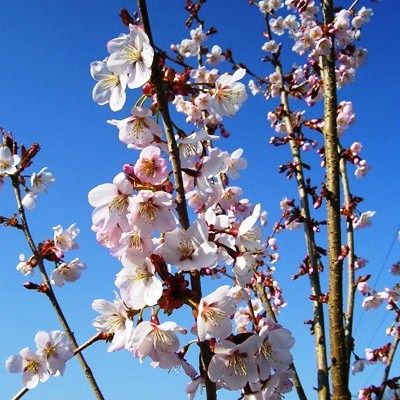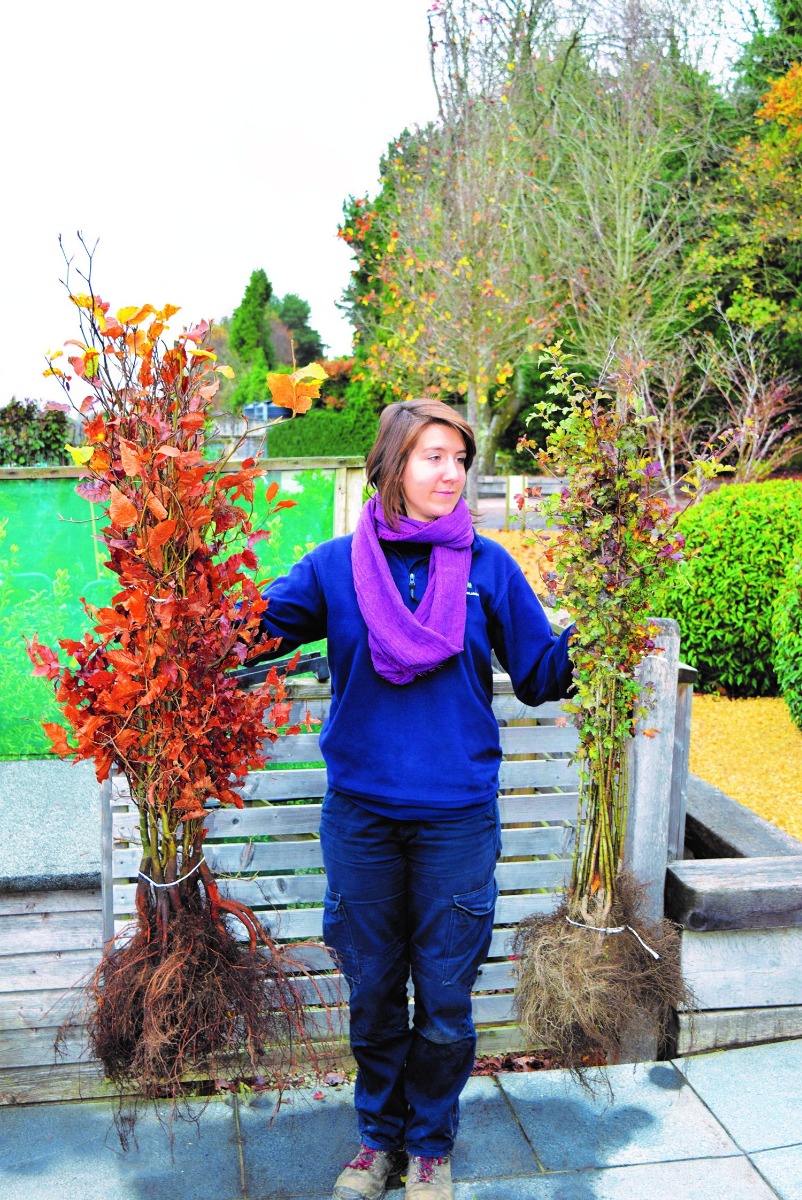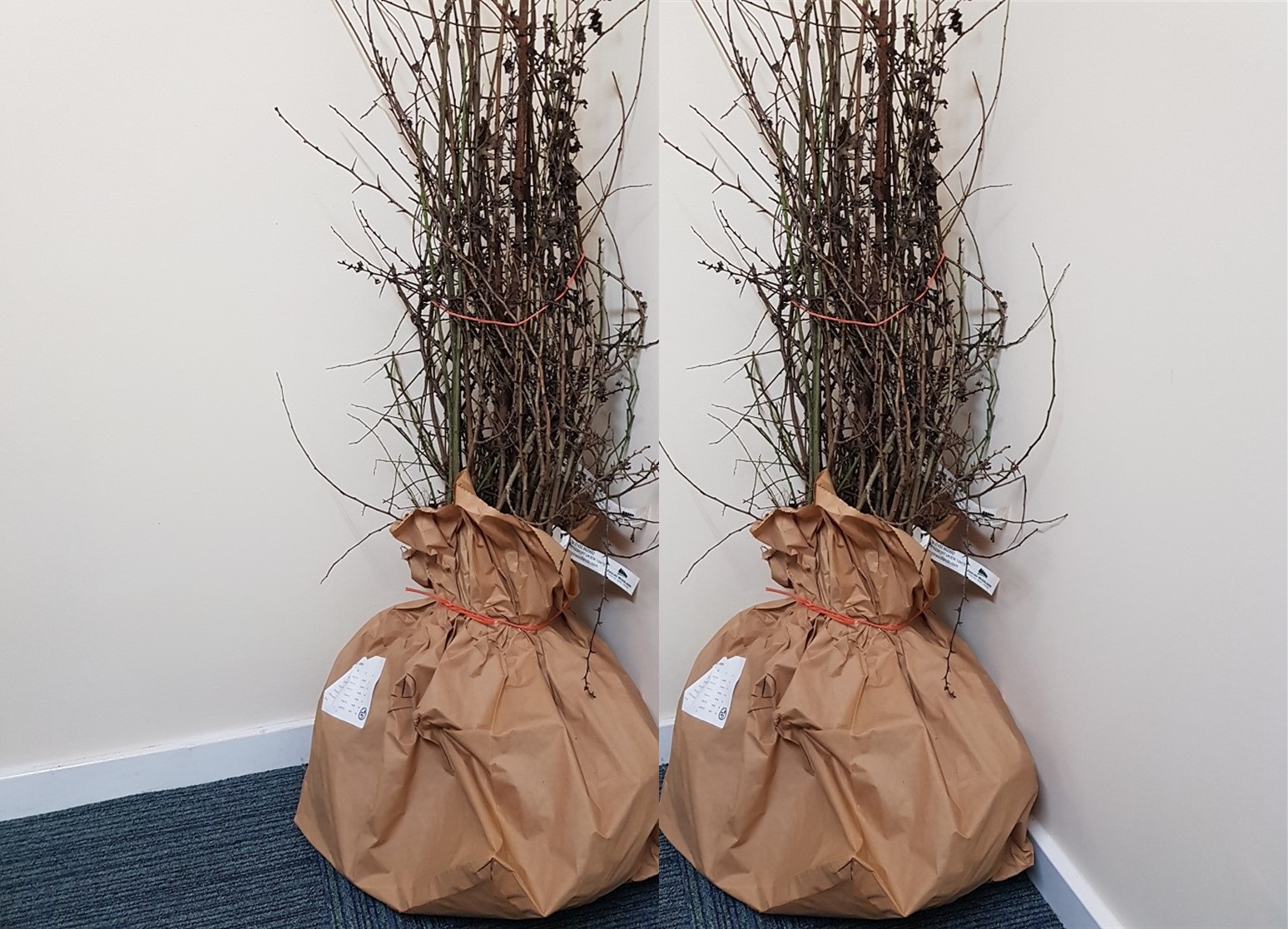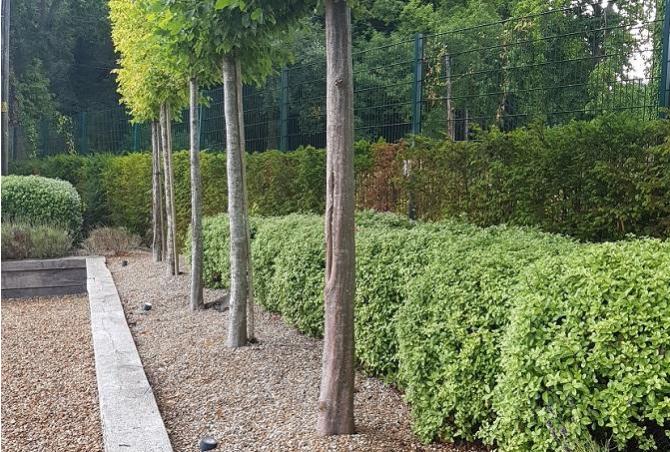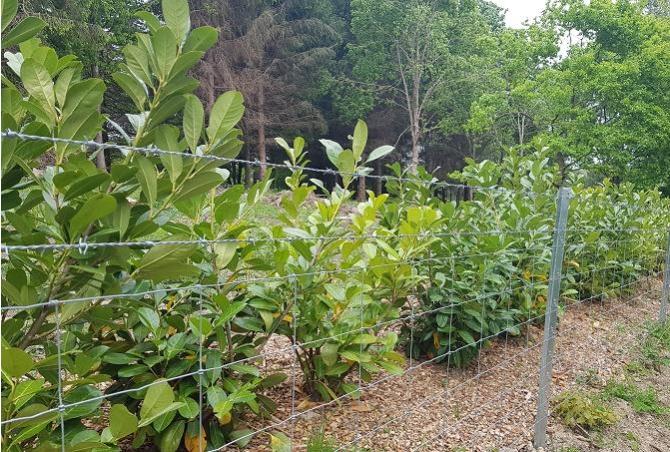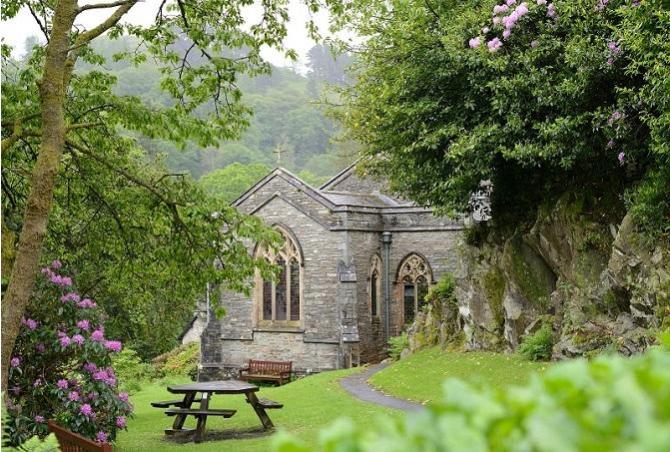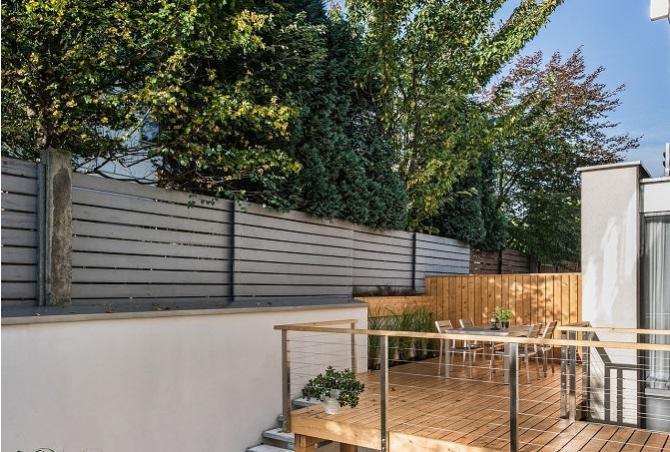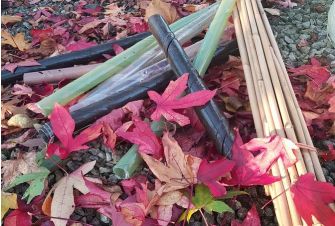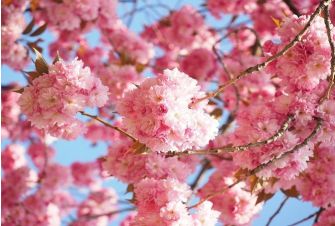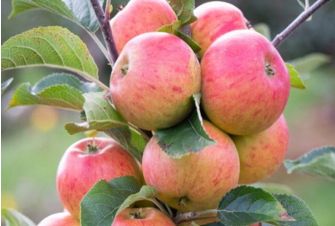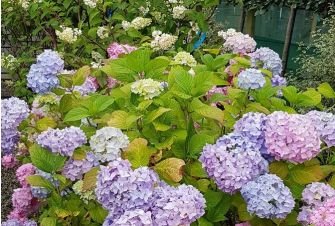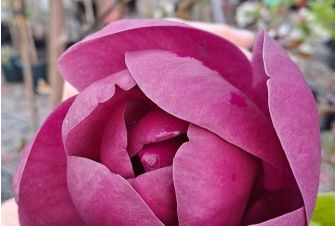Looking forward to spring blossom
It won't be long before we are all enjoying the sights of pink and white spring blossom on beautiful ornamental flowering trees, and warmer, longer days. But there is good news relating to this time of year. The ideal planting time lasts right through to the end of March, depending on the weather. The bareroot season is still with us, which means that purchasing plants in this way is relatively inexpensive. The nursery at English Woodlands supplies a wide range of plants suitable for just about any type of location. There are hedgerow plants in addition to some single-stem bare root trees. Bareroot plants can be delivered across the UK, as can smaller containerised trees and most shrubs. There are discounts for those who buy bareroot plants to a value of £500+, and this includes planting sundries such as rabbit protection.
What are bareroot plants?
These plants have been grown in the ground. When the dormant season arrives, they are dug up and can be easily transported because there is no need for soil around the roots. Bareroot plants are the most efficient (and cheapest) way to plant hedges, woodlands and trees or shrubs for the garden. Because they are young, small plants, they are resilient and have the very best chance of establishing quickly, even in areas that might be difficult to water.
Which type of hedge?
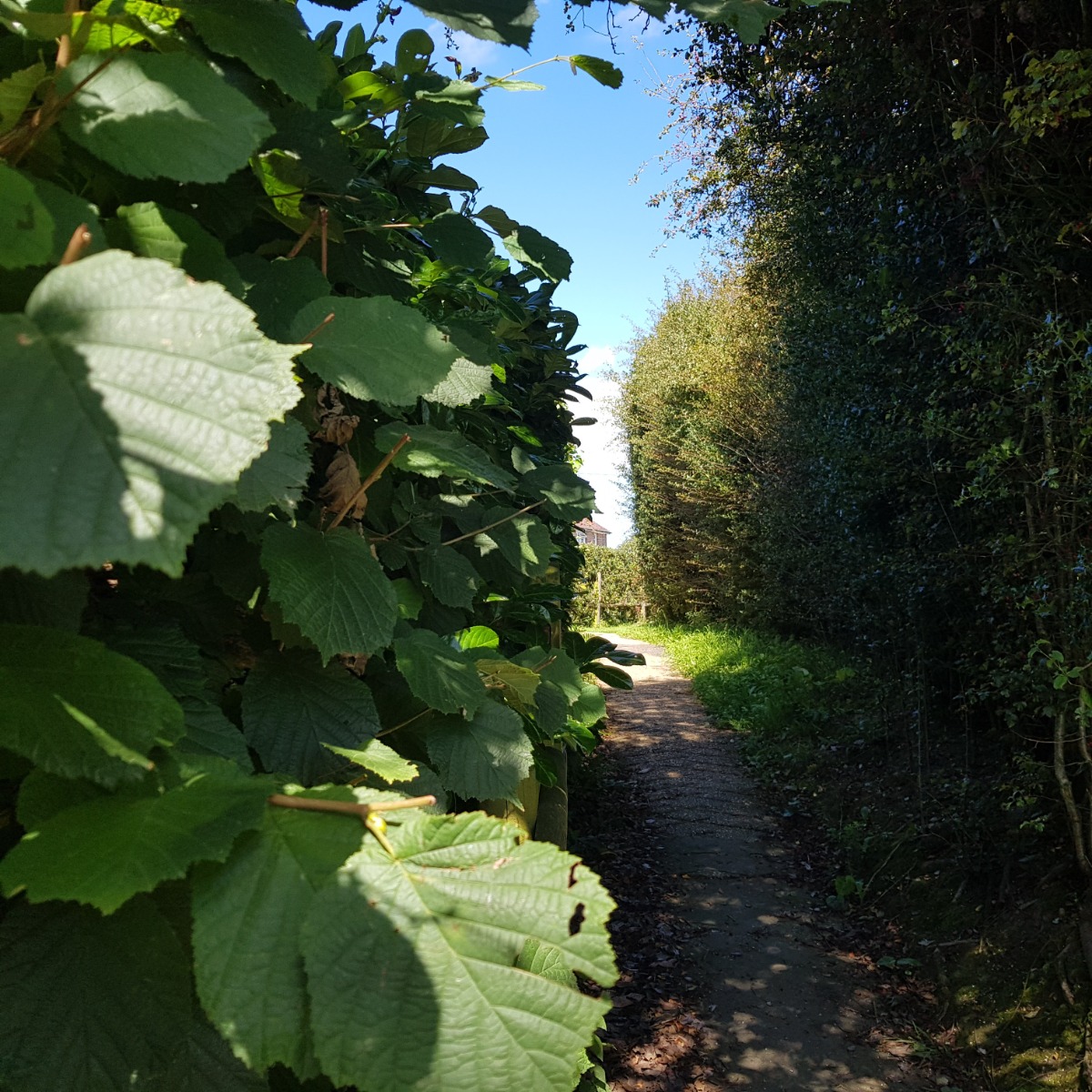
Hedges don’t need to be boring! You can design your hedge according to your own requirements. Up to 600 plant species have been recorded within ancient, woody hedges - but you can choose what goes into yours.
You might consider the following:
- An edible, forager’s hedge. Includes native plants with edible hips, berries, nuts, and botanicals suitable for jams, jelly, syrups, gin-making and more.
- A hedge for pollinators and wildlife, designed to extend flowering and fruiting seasons to attract the maximum number of invertebrates and wildlife.
- Thornless hedge mixtures are designed for use next to paths and circulation routes to minimise snagging and scratching.
- Mixed, native hedge mixtures to enhance the landscape in a natural way. They can provide wildlife corridors which link to other hedges and areas of woodland.
- Single-species hedges to create a more formal boundary within a garden.
- Evergreen hedges that provide maximum privacy and screening.
How to store bareroot plants
Plants can be kept in their travelling bag for up to 10 days, provided they are frost free and the roots are kept moist (but not sitting in water). If you need to keep them for a longer period, simply heel them into the ground by digging a small trench and covering the roots with damp soil.
Get ready for planting!
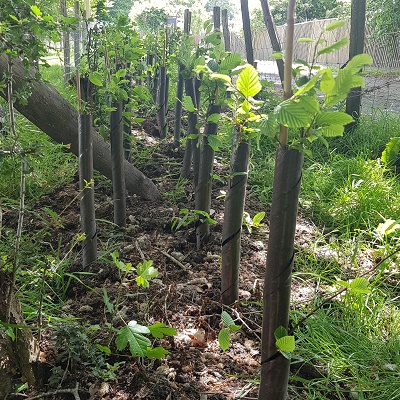
It really couldn’t be simpler! Follow these easy steps:
- Prepare the soil by removing weeds/grass, then mix organic matter with the soil, where required. Take care to ensure the soil is not waterlogged or frozen. If this is the case, wait until conditions improve.
- Ensure the roots of the bareroot plants are moist.
- English Woodlands recommends using Rootgrow mycorrhizae for optimum root establishment, and bonemeal as a slow-release fertilizer. These should be applied during the planting process (see instructions on the packets).
- The plants can be inserted into the soil by making a slot with a spade or can be planted into a prepared trench which is then filled in with the planting medium.
- When planting, ensure the depth of your plant is the same as when they were previously growing.
Care after planting
Bareroot plants represent simplicity of growing, but they still need care to ensure maximum success:
- Young plants can provide a tasty snack for browsing deer, rabbits, and other hungry creatures. You can provide protection in the form of guards, where necessary. A simple bamboo cane and rabbit spiral might suffice, or taller guards within areas where deer are present.
- Weeds will compete for water, nutrients, and light, so keep the area around the roots free from unwanted growth during the first few seasons. A mulch mat roll or other mulching material can be used as a weed suppressant.
- The joy of planting during the dormant season is that nature should provide moisture! However, all plants should be watered, if possible, for the first two seasons during dry spells.
Hedge vegetation examples – 13 of the best!
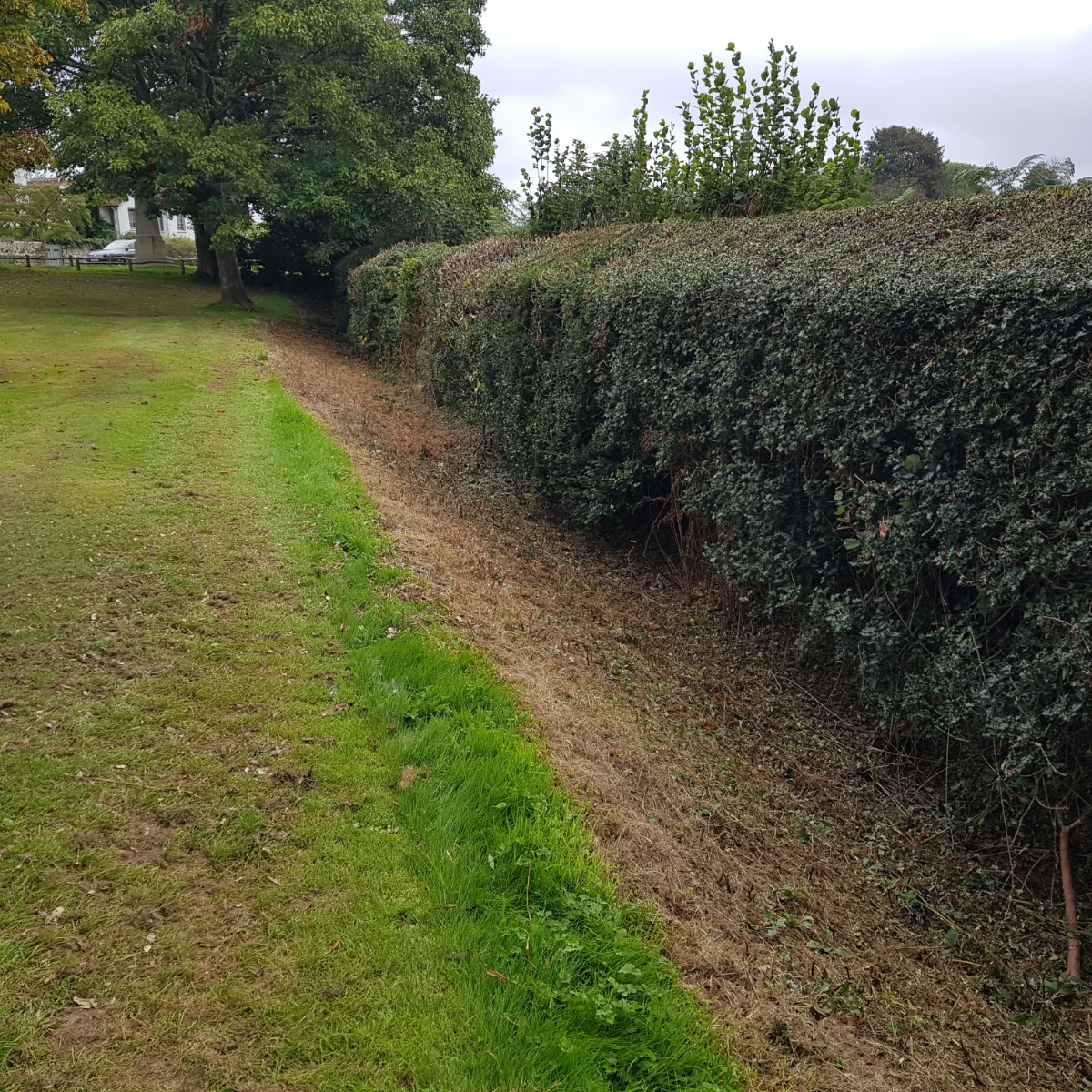
How many times have you stopped to look carefully at an existing hedge? Each forms its own unique type of habitat and contributes to a local micro-climate. English Woodlands has selected 13 of the best plant varieties that can be used to create a healthy hedge:
- Acer campestre (field maple). A fast-growing native, with dense foliage that provides excellent shelter for birds and wildlife throughout spring and summer.
- Carpinus betulus (hornbeam). A tough, native plant that can tolerate a wide range of planting sites and conditions. It retains some of the brown leaves in winter and responds well to clipping. A wildlife-friendly plant with catkins in spring and fruit later in the season.
- Cornus (dogwood). A species that contributes seasonal interest, with its brightly coloured winter stems. It can tolerate a wide range of conditions and produces berries that are loved by wildlife.
- Corylus avellana (hazel). A hugely important hedge species because of its flexibility and significance to wildlife. Hazel supports over 70 species of invertebrates in addition to beloved dormice!
- Crataegus monogyna (hawthorn). Hawthorn produces beautiful spring blossom followed by red haws for wildlife. Its fast growth makes it an ideal hedge component and it has the added benefit of thorns, thereby forming part of a stock-proof (and people-proof) barrier, once mature.
- Euonymus europaeus (spindle). This delightful native plant produces small, nectar-rich flowers loved by pollinators in spring, then vibrant pink capsules which open to reveal spectacular orange fruits for wildlife later in the season. It also displays wonderful autumn colour.
- Ilex aquifolium (holly). Everyone recognises a holly! It provides a highly effective, evergreen component for a hedge, providing dense growth and prickly foliage which provides shelter for birds, and acts as a deterrent for stock or intruders. Holly berries are loved by wildlife and of course by those looking to decorate their homes for Christmas!
- Ligustrum varieties (privet). A classic, semi-evergreen hedging plant that is ideal across a wide range of planting sites. The dense foliage provides privacy and summer flowers are loved by pollinators including bees and butterflies. It can be clipped into many different forms, is fast-growing and pollution tolerant.
- Prunus spinosa (blackthorn). One of the best plants for wildlife, blackthorn is also sought-after by those wanting to make sloe gin! It makes a naturally secure hedge, due to its thorns. This also makes it an excellent habitat for wildlife, including birds. The white spring flowers are loved by pollinators, and they look spectacular against dark stems in early spring. The blue-black fruit (sloes) appear in late summer and can persist through winter providing valuable food for birds.
- Rhamnus varieties (buckthorn). Buckthorn is loved by butterflies, moths, bees and many other forms of wildlife. It is a particularly good caterpillar food plant and is considered essential to the Brimstone butterfly.
- Sambucus nigra (elder). This fast-growing plant produces fragrant elderflowers in summer which are often used in syrups, cordials, and teas. Elderberries appear later in the season and this vitamin C-rich fruit is used in jams, jellies, and wines. The flowers and fruit are highly valuable to wildlife.
- Viburnum varieties including V. opulus (guelder rose) and V. lantana (wayfaring tree). There are several types of Viburnum, but all have white/pink flowers followed by red, blue/black fruits. These are loved by wildlife and pollinators and the leaves also provide beautiful autumn colour.
- Rosa canina (dog rose). Lightly scented roses in summer attract bees, butterflies and moths, and these are followed by bright red hips, providing winter feed for birds. The prickly stems form protection for many different wildlife species including hedgehogs. A really useful component within a mixed hedge.
Ready?
English Woodlands can provide advice and guidance, where required.
Visit www.englishwoodlands.com: Bareroot Hedging and Trees, where you can order your plants. Email: sales@englishwoodlands.com, or telephone: 01435 862992


